Tuna Drifting: Basics for beginners
The increased number of bluefin tuna fish (some areas seem to register a real return of the species), clearly supported by specific laws restricting their catching and therefore by the short time in which this species can be kept on board, has driven many sport anglers to want to learn some specific fishing techniques devoted to this predator.
Bluefin tuna can be caught in different ways, including spinning fishing, offshore trolling, live bait trolling; however, drifting is the most popular and most efficient technique. Especially if well-performed, it can give you excellent results and ensure the success of your fishing trips in many occasions and for long periods of the year. In short, if you want to become a good tuna fisherman, drifting is an excellent starting point.
In this article, we’ll try to show you the basics of this fishing approach, trying to give beginners some interesting inputs and therefore an incentive to learn more.

Once you have got your fishing spot, you can choose between fishing at anchor and drifting. Once you have decided your fishing technique and subsequent chunking (based on sardines, gilt sardines, anchovies, jack mackerels, mackerels, Spanish mackerels or even live bait), you can start throwing your fishing line into the water. To do that, it is absolutely necessary to use ballasts and floats.
Once everything is within your reach, you can start throwing the first line into the water, always with due caution: tuna, in fact, might bite and make the wire slip from your hands during this first phase. This is why the fishing line should never be wraped around your palm (this can be very dangerous). Another thing you should never do is to release the reel completely because this could make the wire twist in the event of a sudden fish’s escape.
Once also the line end ( 8-9 meters long) and the main line have been thrown into the water (we will deal with the various terminal-main fishing line combinations in the new few days), you can attach a lead core with the help of an elastic band secured to the wire. You should use larger lead cores for deeper lines and lighter ballasts for lines and lures which, on the contrary, will remain higher. Lines can be sunk through a single lead core or, if you prefer, with two or even three small lead cores.
Once your ballast has been positioned, you can pay out your wire until your desired depth has been achieved. At this point, a float can be attached to the main line. Anglers generally secure small bottles or balloons to the main line through an elastic band. The following step consists in distancing the float from the boat, taking into the account the real depth of the line. The optimal distance between the float and the boat is that one which enables the corresponding line to catch fish within the chunk wave, which means at the same height of the pieces of sardine going down.
As for rods,
Let us take a practical example
To improve beginners’ understanding, let’s suppose to have a four-rod fishing equipment. One of the rods is positioned deeper, at about 40-45 meters from our boat; another at 20-25 meters, the third one at 10-18 meters while the last one has no float.
This is just an example, of course. Because the most appropriate fishing equipment and technique will be selected by the crew according to real sea and stream conditions.
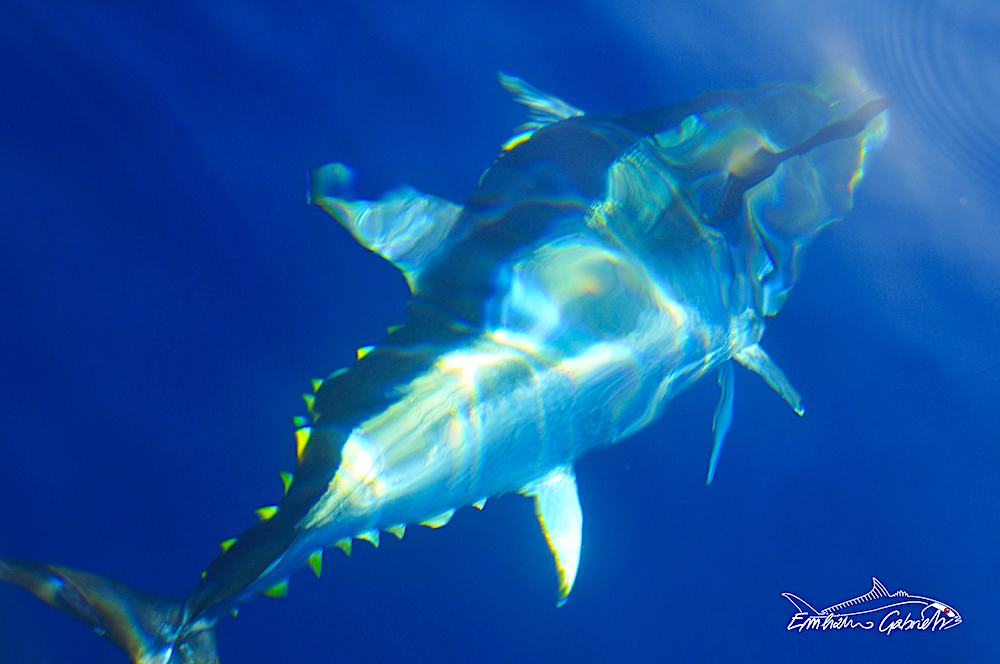






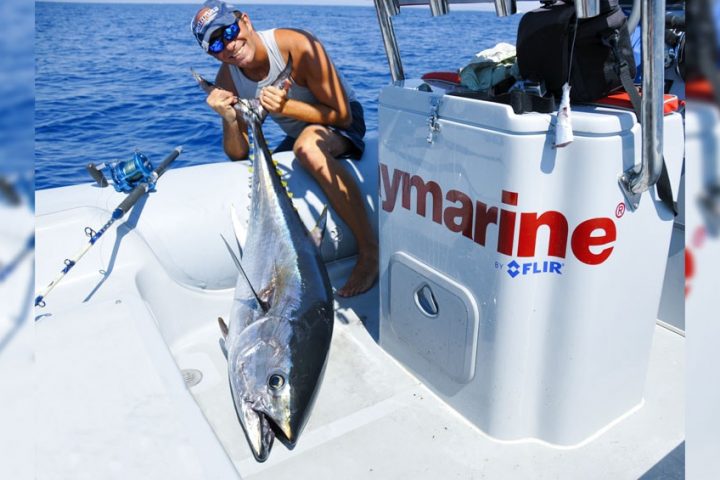
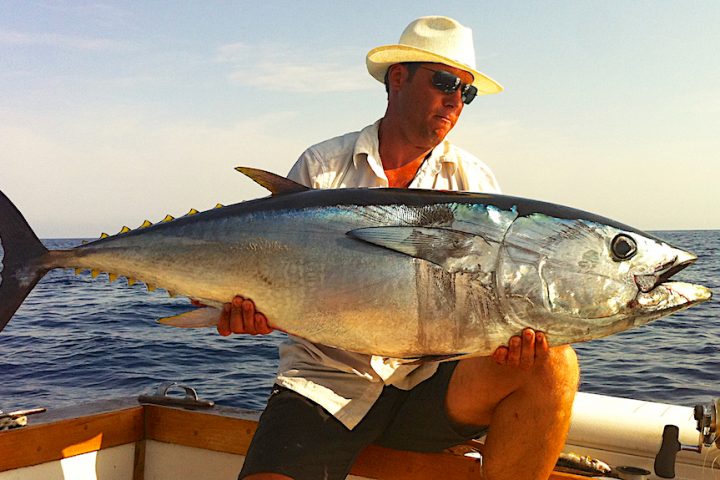
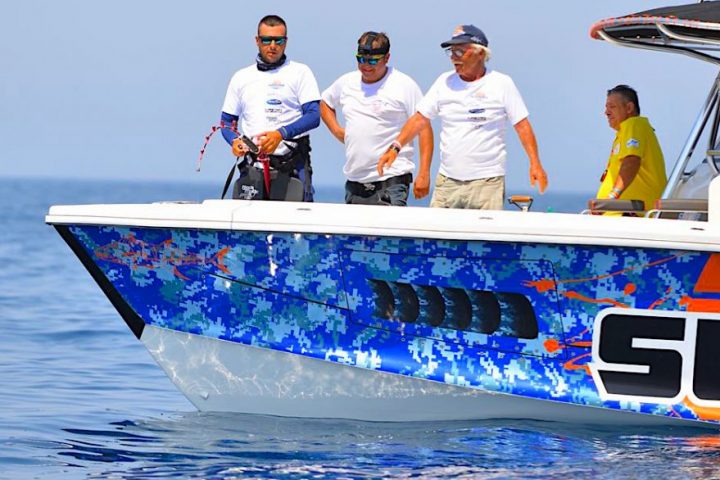

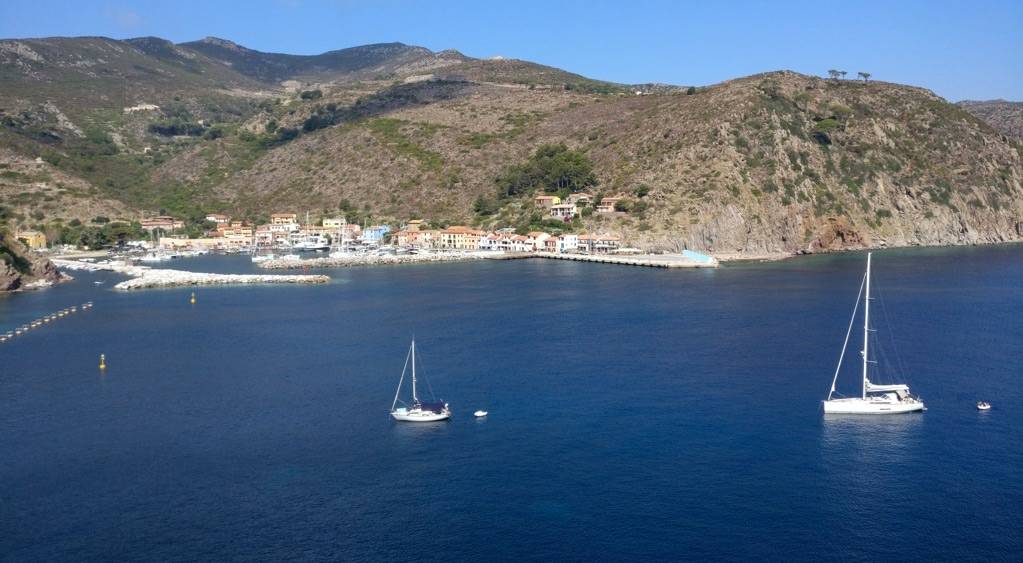
One of the most important aspects of drifting is the interval at which chum is thrown into the sea. It can vary from 5 to 30 seconds depending on conditions. If the interval is to great you will never attract fish to your boat and baited hooks.
Fantastic article. Great writer and lots of helpful ideas and suggestions. I’m looking to try late season tuna fishing on my trailered boat this year. Tons of great info. in this article. Very helpful and motivating. And awesome video to accompany it. The light tackle action looks so fun.
Lynda Evan